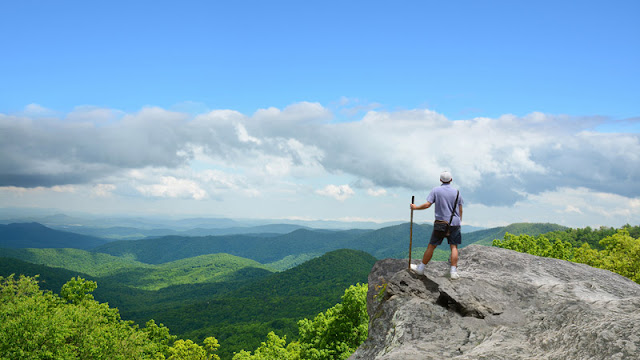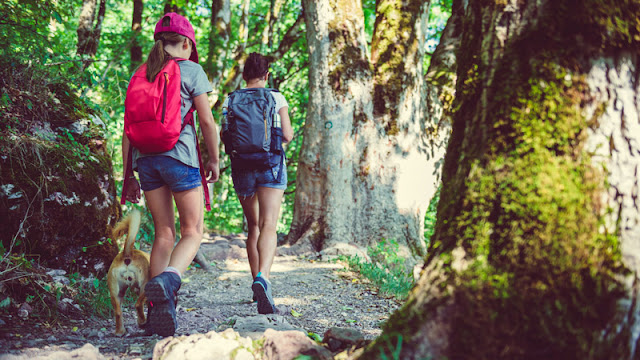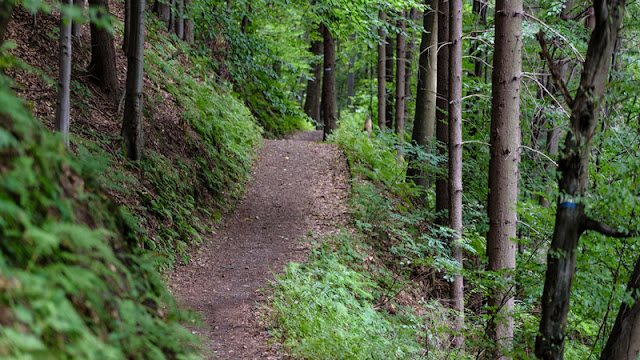Hiking can be the most relaxing experience you will ever have. However, hiking can also be rigorous, demanding, and dangerous. With tall mountains, thick forests, and vast desert plains; there are many places to plan your hike. There are also different types of weather-permitting hikes such as the cold mountainous trails of the Uintas or in stark contrast, the hot desert surrounding the red rock in Moab, Utah. No matter what type of hike you are looking for, there are some essential tips you should note.
1. Don’t Go Too Big
When deciding where to hike, you should account for your physical ability. Obviously, choosing to climb a 5,000 ft hill as a beginner would not be the most ideal situation. Research trails and decide how far you want to hike. There are apps such as All Trail that will reveal the intensity levels, and friendliness of trails. It will also show how long the trail is and what to watch out for. If you are on social media, ask for recommendations from your friends and other locals in hiking groups.2. Check the Weather
Checking the weather prior to your hike will give you valuable information as to what to wear and if you need to bring certain accessories like a rain poncho. Some parks will have cameras on their trails available to the public. Check the website for the trail you are looking to hike, and if they have cameras you can use those to see real-time weather. Pay attention to the wind levels/chill as well; that can make or break a good day of hiking.3. Know the Trail
Before you head out on your trail, gather as much information as you can. Make sure you allow plenty of time and have reviewed the trail on a map. Also, heed caution to any previous wildlife reports. Asking your friends and locals will allow you to be aware of any dangerous aspects to the trail such as steep drop-offs, or if there are water spots you may need to look out for.4. Tell Someone Where You Are Going
Always tell somebody where you are going. Emergency situations arise all the time even if you are going for just a quick 10-minute hike. When you let someone know where you are going, be sure to include an estimated time of how long it will take you to hike and what time they should expect you home. Arrange a time for them to call you if you have not checked in with them first.5. Pack Essentials
As you plan for your hike, pack what you can carry depending on how long your hike is and how long you plan to be away. You will also need to factor in the weather and emergency supplies. There are about ten (10) emergency supplies you should plan to pack: first aid supplies; a lighter or other fire starter; extra water and food; emergency shelter; flashlights with extra batteries; sun protection; and a compass with a map. These essentials are light enough to carry in a pack and on any length of the trail.6. Use the Right Gear
Hiking does not generally use a lot of gear unless you're going rock climbing. If you are a beginning hiker all you will need is what you have on your back. Most hikers' first mistake is wearing clothes- such as jeans or other materials- that soak up moisture. This can irritate the skin if it gets wet. You should wear clothes that are made for strenuous activity, like dry fit. You should also wear appropriate shoes, hiking shoes are a good start but do not wear brand new shoes that have not been broken in and do not wear a very old pair of hiking shoes. Additionally, choose a pack that fits snug to your back and is not too loose or too tight. Following these steps for choosing the right gear will help you along your way.7. Time Your Hike
It's best to go for a hike at the beginning of the day that way you can have extra time for scenery and other stops that you may need to take. If you are taking a long hike, time management is essential so that you can reach your milestones on time. It's also good to have that extra time just in case you make a wrong turn and need to retrace your steps, or in case an emergency arises.8. Hike in A Group
Hiking in a group has its benefits. It can help in protecting you and the other hikers by deterring wildlife. Hiking in a group is also beneficial because you have the option to switch gear or other hiking items. There may also be someone in the group more experienced with hiking, should an issue arise. As a bonus, other hikers can help you get that perfect photo!9. Leave no Trace
While you are taking a beautiful, scenic hike be sure to pick up after yourself. Do not leave trash or any other hiking accessories behind. Wildlife is prone to hanging around trails because of items in trash cans or left around trails. To avoid encountering wildlife in the future, you must pick up and take your trash with you to dispose of it properly.From choosing the right trail; packing essentials; having an accountability buddy; and to ensuring you are not leaving trash behind, these 9 essential tips to hiking will ensure you have a wonderful stress-free hike. Knowing your trail is the most important because everything else will fall into place once you know the trail. If your trail is more accommodating to electronics it would also be wise to take a cell phone or satellite phone. Hiking can begin as a small hobby but grow into a weekly adventure for days at a time in more demanding environments. Enjoy the great outdoors!








